The crypto market witnessed a whirlwind of price movements this week, with Ripple (XRP) standing out as a focal point for traders and enthusiasts alike.
As digital assets continue to shape the financial landscape, XRP’s journey reflects both the opportunities and volatility inherent in this dynamic ecosystem. Here’s a comprehensive look at XRP’s performance, its context within the broader market, and what recent developments could mean for its future.
XRP’s Performance Amid Market Volatility
Over the weekend, major cryptocurrencies experienced modest corrections. XRP, the native token for the Ripple network, traded at $2.16 after a slight 24-hour dip of 0.15%. While not immune to the market’s fluctuations, XRP managed to maintain its position above key support levels.
Other major assets also saw subtle shifts: Bitcoin (BTC) dipped below $105,000 before rebounding, highlighting persistent volatility. Ethereum (ETH) hovered near $2,491 with a small loss, echoing concerns about large holders’ activities. Solana (SOL), Litecoin (LTC), and Dogecoin (DOGE) registered minor gains or losses, signaling a generally cautious mood across altcoins.
The overall crypto market cap remained resilient, standing at $3.27 trillion—a 0.24% rise in 24 hours—demonstrating that investor interest in digital assets like XRP remains strong despite turbulence.
Key Takeaways for XRP Investors
Resilience Above Support Levels: XRP’s ability to hold above $2.15 suggests robust demand at these price points, even as broader market sentiment remains cautious. This stability is especially significant given the heightened volatility triggered by external factors such as macroeconomic news and major market liquidations.
Market Sentiment and XRP: The Market Fear & Greed Index stood at 57 (“Greed”), indicating that investors are still largely optimistic but may be prone to sudden shifts in mood. Altcoins like XRP tend to reflect this sentiment quickly, so ongoing vigilance is necessary.
Technical and Macro Factors: Industry analysts note that while Bitcoin faces key resistance and support zones, altcoins including XRP are part of a broader consolidation phase. Regulatory clarity and rising institutional participation have injected confidence into the market—a trend that bodes well for established assets like XRP.
Broader Altcoin Dynamics: With other altcoins such as Flare (FLR) leading the gainers’ board and coins like Raydium (RAY) topping the losers’ list, there’s an unmistakable rotation among assets as traders seek opportunity. XRP’s minor dip must be viewed in this context; it remains a mainstay of altcoin portfolios.
What Does This Mean for XRP’s Future?
Looking ahead, several factors could shape XRP’s trajectory: Market Consolidation—as the crypto sector digests recent gains and volatility, XRP’s stability above support levels could serve as a launchpad for future rallies; Macroeconomic Events—decisions from central banks and broader economic indicators may introduce new volatility or opportunities; and Institutional Involvement—increased investment from larger players can offer both price stability and upward momentum.
Analysts urge investors to focus on long-term trends rather than react to daily price swings. For XRP holders, this means keeping an eye on regulatory developments, network upgrades, and overall market sentiment.
XRP continues to navigate a complex and ever-changing market environment. Its resilience amid market dips and its capacity to hold critical support levels underscore its significance within the altcoin universe. As the crypto market heads into a period of potential consolidation and renewed institutional interest, XRP is poised to remain a central player in the evolving story of digital finance.
For those following Ripple’s journey, now is the time to stay informed, manage risk wisely, and look beyond short-term fluctuations to the bigger picture ahead.
If you’d like to dive deeper into today’s crypto movements or review the specifics behind this analysis, you can reference the original report here.




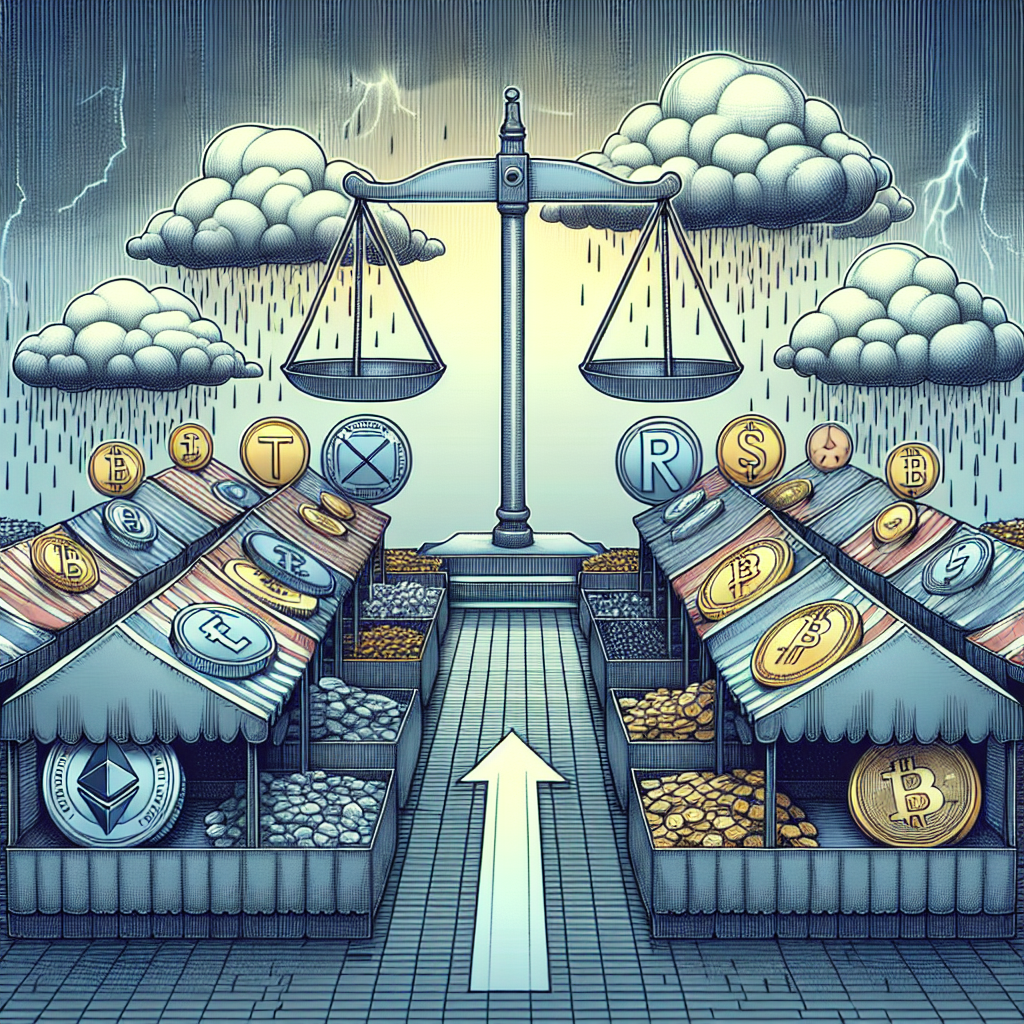
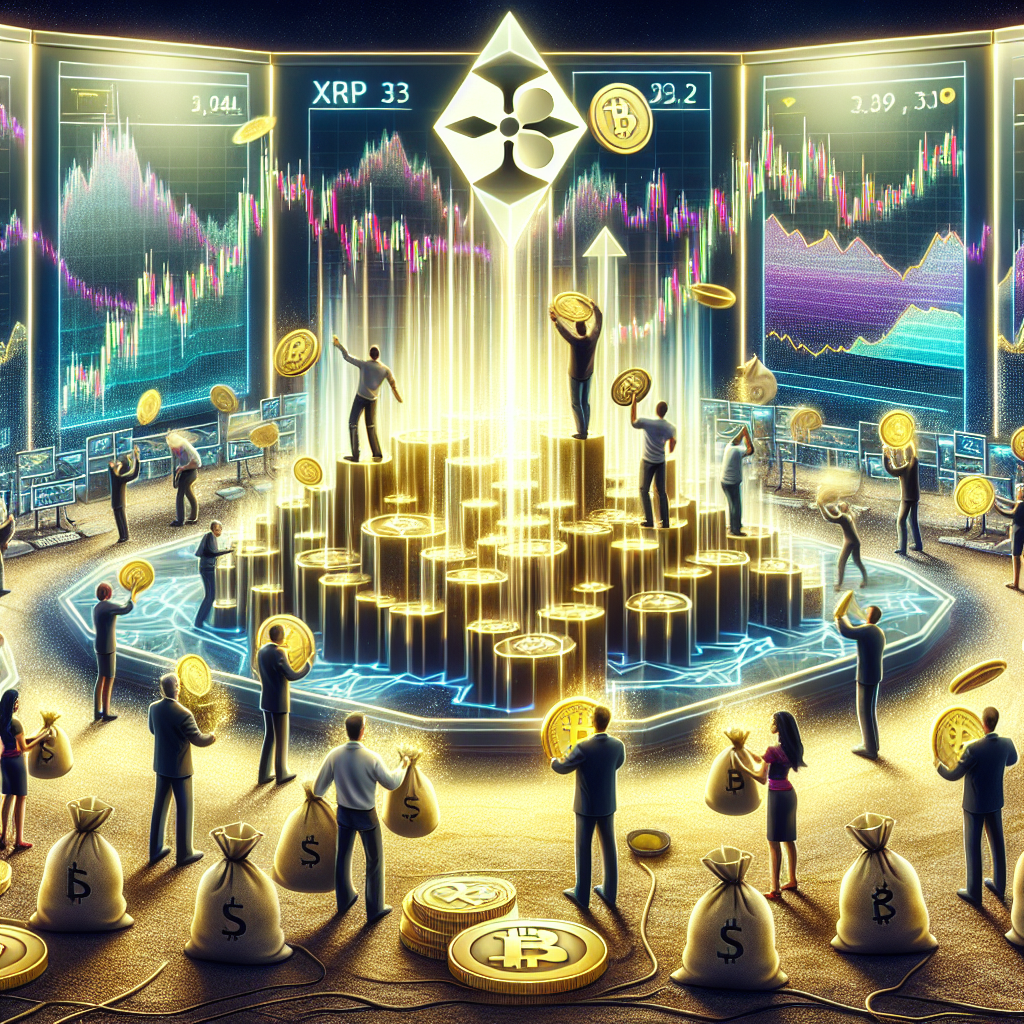
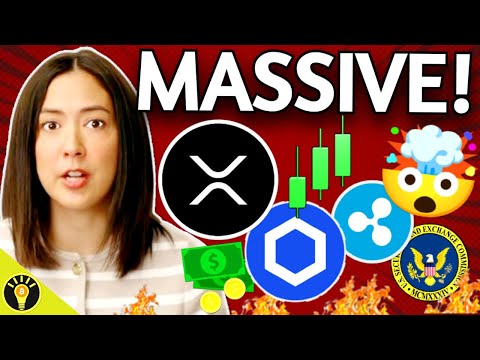

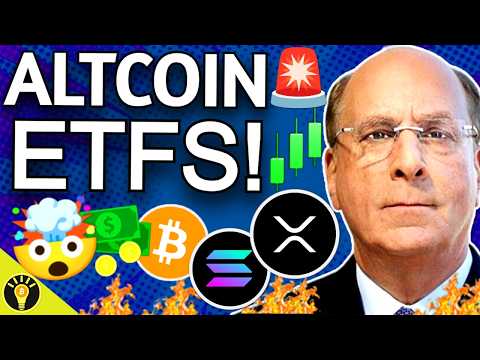
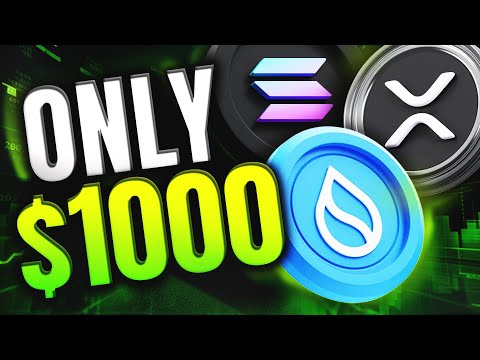
Leave a Comment